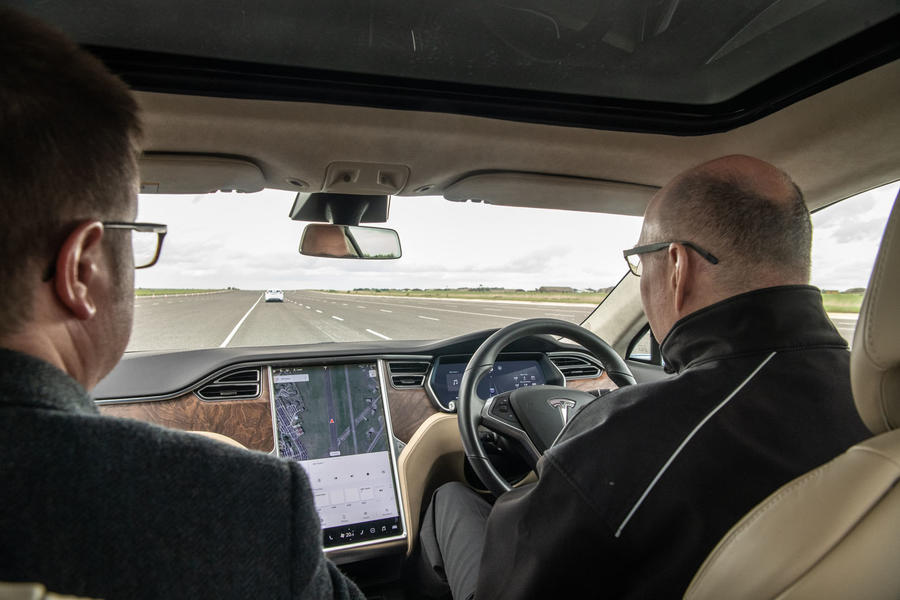The question I’m asked the most is also the most simple one,” says Matthew Avery, director of insurance research at Thatcham Research. “‘What is the safest car on the road?’ I’m beginning to think the answer is a white Ford Fiesta,” he says, nodding at a pretty convincing mock-up of the very same car parked on the runway ahead of us.
The ‘Fiesta’ in question is made of flexible, detachable plastic panels quite loosely fixed onto a moving base that looks like an oversized speed bump. It is, in fact, a robotised mobile target, with wheels hidden away underneath it and a top speed of around 15mph. And Thatcham has been using it to design, develop and prove a new batch of tests for the latest active safety and crash mitigation and avoidance systems fitted to new cars.

“These systems use stereo cameras, radar sensors and sophisticated image processing software to recognise threats before responding to them,” says Avery. “People might think we could simply drive at a pile of empty cardboard boxes to test an AEB [autonomous emergency braking] system on a car, but they’re not so easily fooled.
“The industry’s software engineers tell us that we have to use realistic targets in order to trigger the systems properly. So I wouldn’t be at all surprised to find out that those systems end up being particularly good at recognising white Ford Fiestas,” he adds, joking, “because that’s the kind of car our target happens to look like.”


































Join the debate
Add your comment
What about the human?
I'd like cars to start assessing their drivers. Good drivers would not notice this but bad drivers would get a lot of nagging and intervention. They might even be reported for their bad driving by their car. Or the car could prevent really anti-social driving by parking itself and shutting down until the driver/owner goes through a process of re-training.
Man this title is stupid clickbait
Of course cars are safer WITH autonomous braking. Do they work in evey situation ? no. Is that a negative when it saves thousands from crashes? hell no.
My E class brought me to a complete stop 1 year ago, avoiding a crash. It saved my life. The question we should be asking ourselves is " How good are these systems , not IF they are good "
Man this title is stupid clickbait
Of course cars are safer WITH autonomous braking. Do they work in evey situation ? no. Is that a negative when it saves thousands from crashes? hell no.
My E class brought me to a complete stop 1 year ago, avoiding a crash. It saved my life. The question we should be asking ourselves is " How good are these systems , not IF they are good "